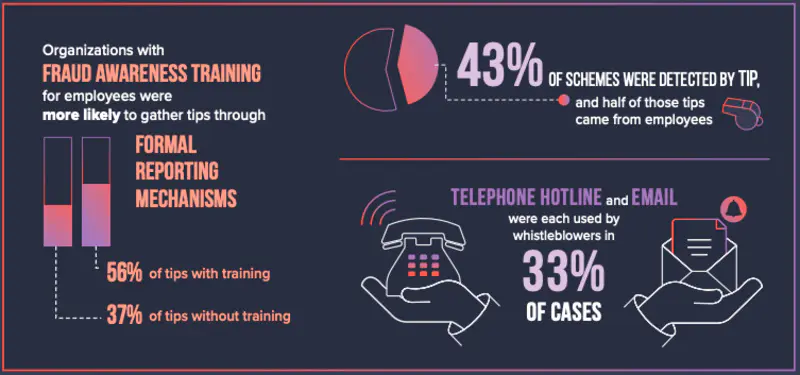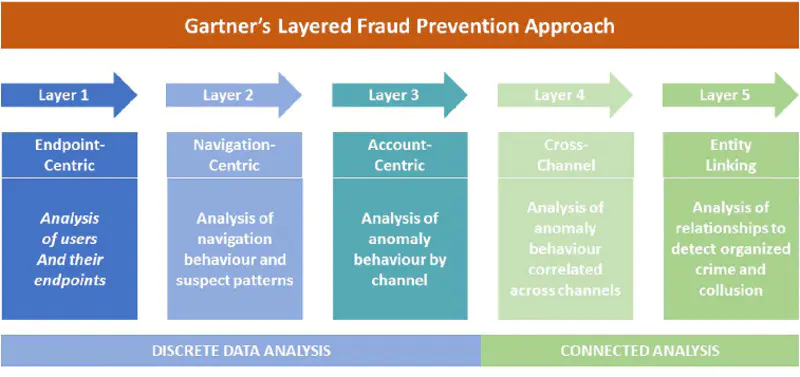Fraud is a substantial risk for businesses operating across different solution channels, with technological advancements offering new opportunities for fraudsters to exploit. An all-encompassing fraud prevention strategy that incorporates a variety of techniques and approaches is essential for establishing a strong security framework. This article delves into the strategic implementation of a multifaceted fraud prevention approach specifically designed for business solution channels, discussing various methods to safeguard operations and bolster the overall security stance.
Comprehending Multifaceted Fraud Prevention Strategies
A multifaceted fraud prevention strategy utilizes a range of techniques to combat fraud. These methods work in tandem to create an extensive security framework. This strategy recognizes that relying on a single method is insufficient to counter all fraud attempts. Instead, it employs multiple layers of defense to enhance resilience against threats that are constantly evolving. This strategy is particularly vital in business solution channels where diverse transaction types and customer interactions can expose a multitude of vulnerabilities. The combination of technologies, processes, and human oversight enables businesses to more effectively detect, prevent, and respond to fraud incidents.
A well-executed multifaceted fraud strategy is effective due to its ability to integrate various fraud detection and prevention technologies. Tools such as artificial intelligence (AI) and big data analytics offer deeper insights into user behavior and transaction patterns, enabling real-time adjustments to the fraud prevention framework. Utilizing these technologies keeps businesses one step ahead of fraudsters, who are constantly adapting their tactics.
Integration Capability:
User Experience:
Identifying Vulnerabilities in Business Solution Channels
The initial step in implementing a multifaceted fraud prevention strategy involves identifying the vulnerabilities inherent in your business solution channels. It is crucial to understand the various interaction points where transactions occur, such as online payments, account access, and data exchanges. Conducting a thorough risk assessment can help identify areas susceptible to fraud. This evaluation should examine transaction patterns, user behavior, and system access logs. Identifying these weak points allows companies to tailor their fraud prevention techniques to address specific threats effectively. Businesses should regularly perform vulnerability assessments to adapt to emerging threats.
Additionally, companies must consider both internal and external risks when identifying vulnerabilities. External threats often involve sophisticated schemes by skilled fraudsters, while internal threats may stem from employees with access to sensitive information. A comprehensive vulnerability analysis addresses both types of risks to develop a balanced fraud prevention strategy.
Cross-Channel Analysis:
Employee Roles:
Implementing Advanced Technology Solutions
Integrating advanced technology solutions is a cornerstone of a robust fraud prevention strategy. Cutting-edge fraud detection tools can analyze transaction data in real-time to identify anomalies or suspicious activities. Machine learning algorithms can enhance detection capabilities by continuously learning from new data, thereby improving accuracy over time. Biometric authentication, two-factor authentication, and tokenization are effective tools that add additional layers of security to transactions. When these technologies are integrated into existing systems, businesses can significantly bolster their fraud defenses and reduce potential operational damages.
While technology is crucial, selecting the right tools tailored to specific business needs is essential. Not all solutions are suitable for every business type, and understanding which technologies offer the highest return on investment is vital. Regular evaluations of the effectiveness of these technologies help businesses stay ahead of fraud risks and adjust their strategies accordingly.
Scalability:
Vendor Reliability:
Training Employees on Fraud Awareness
Despite the importance of technology, human oversight remains equally critical in preventing fraud. Training employees on fraud awareness is











